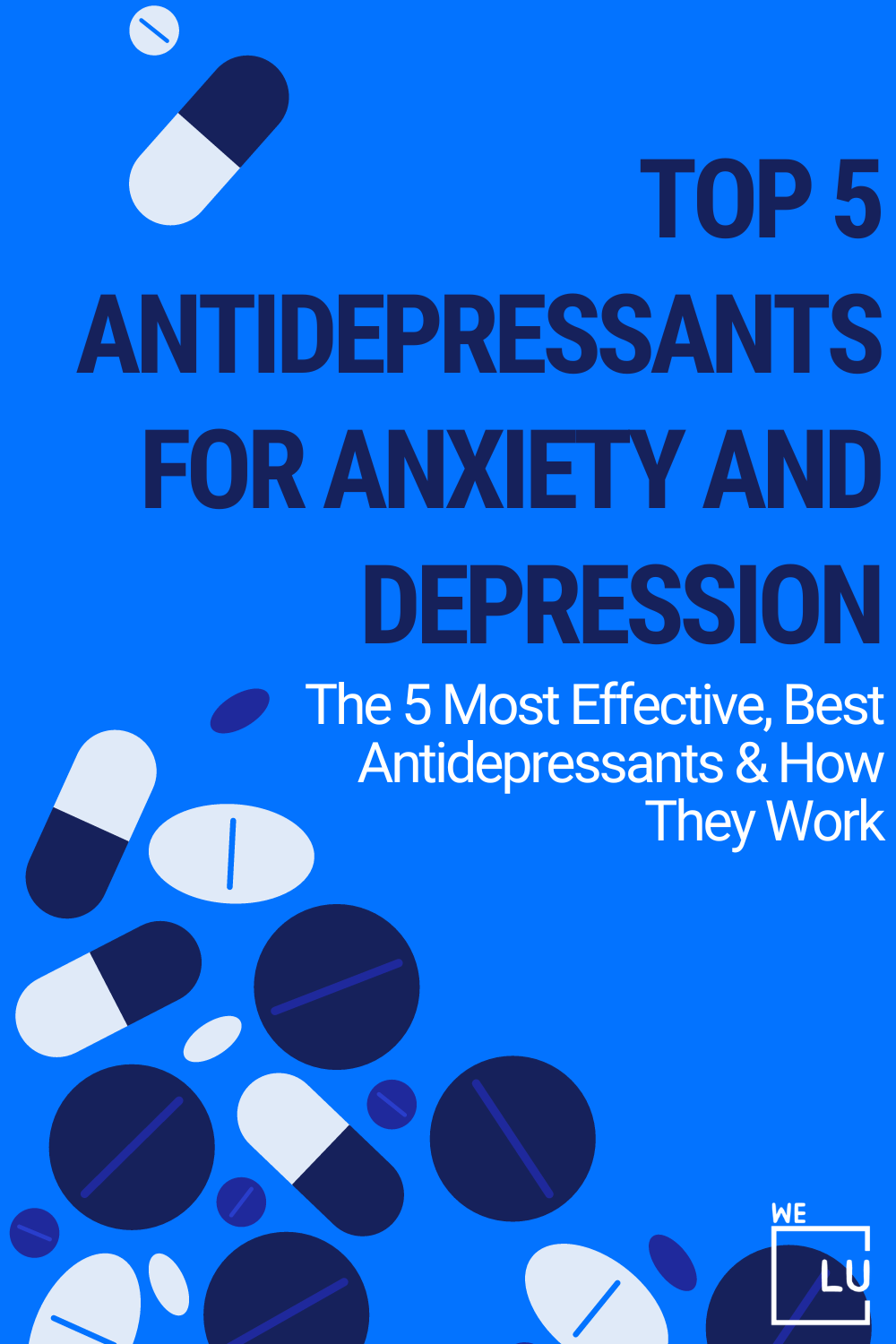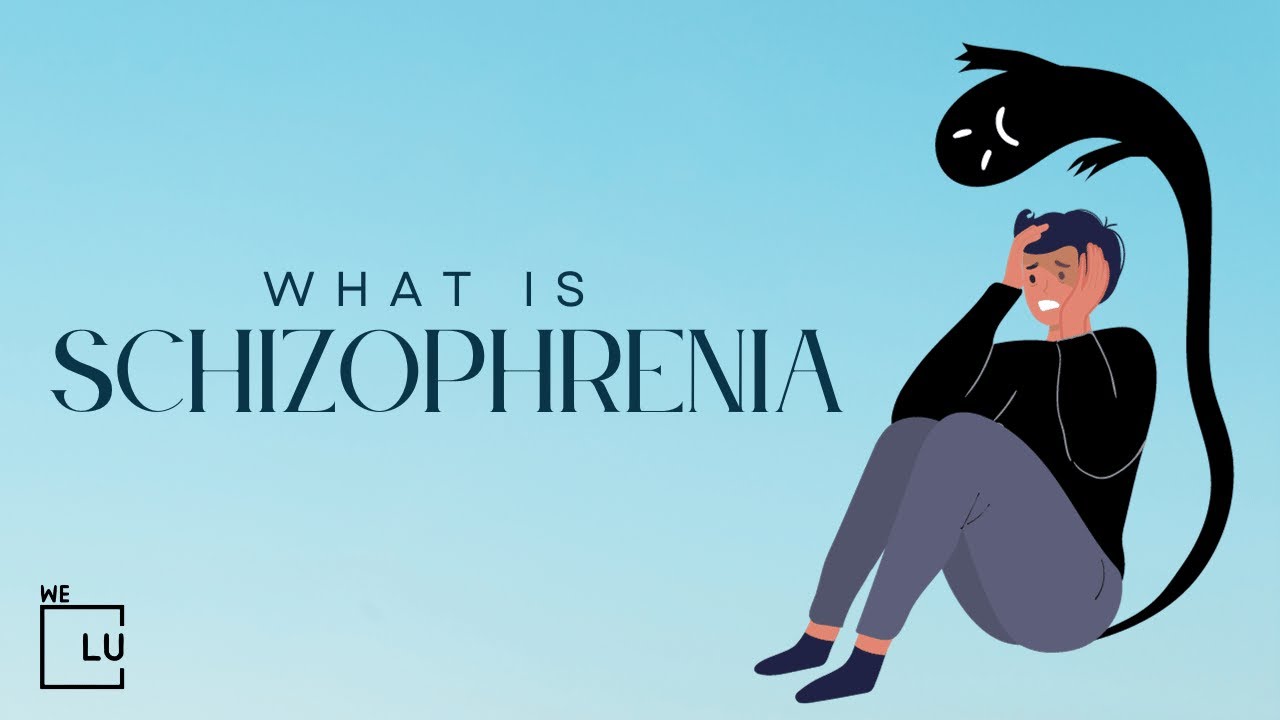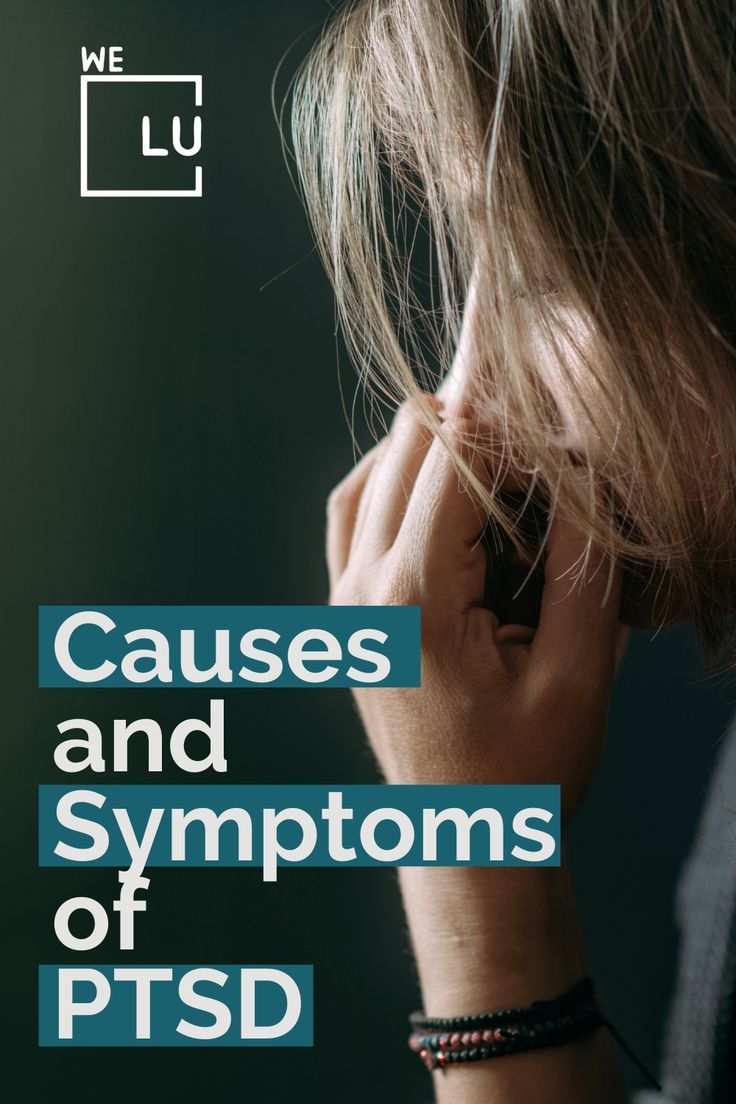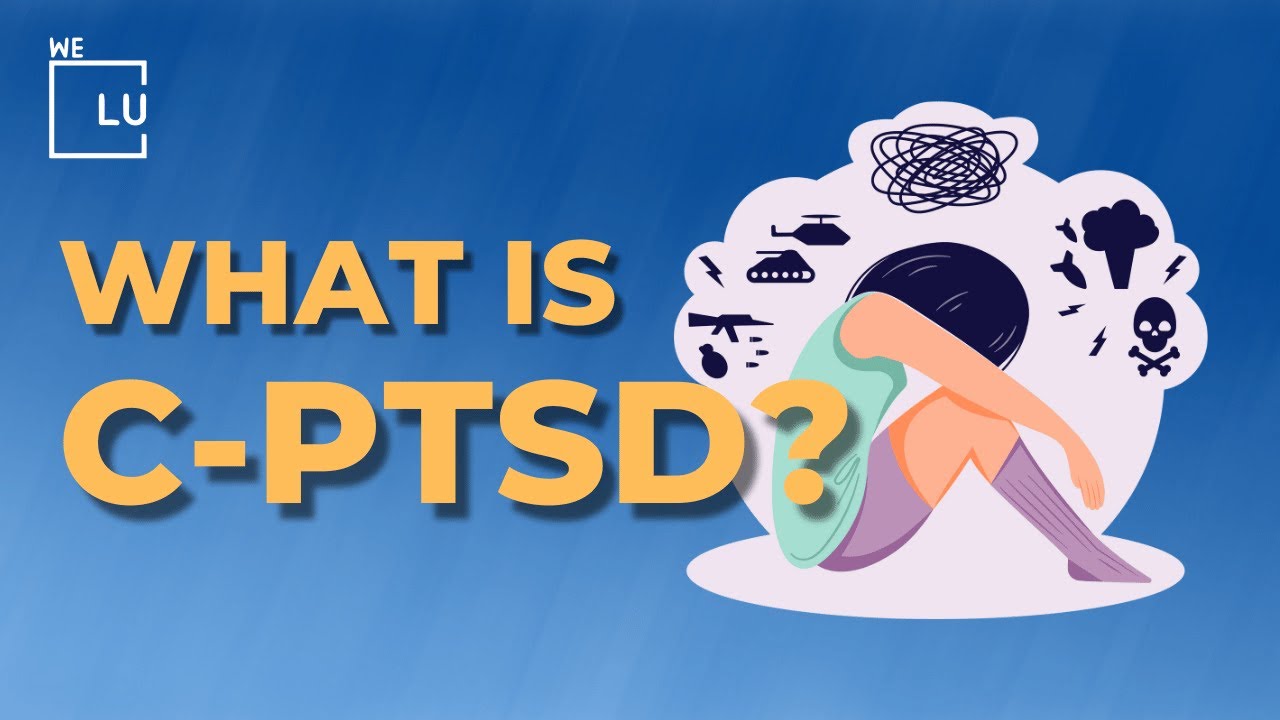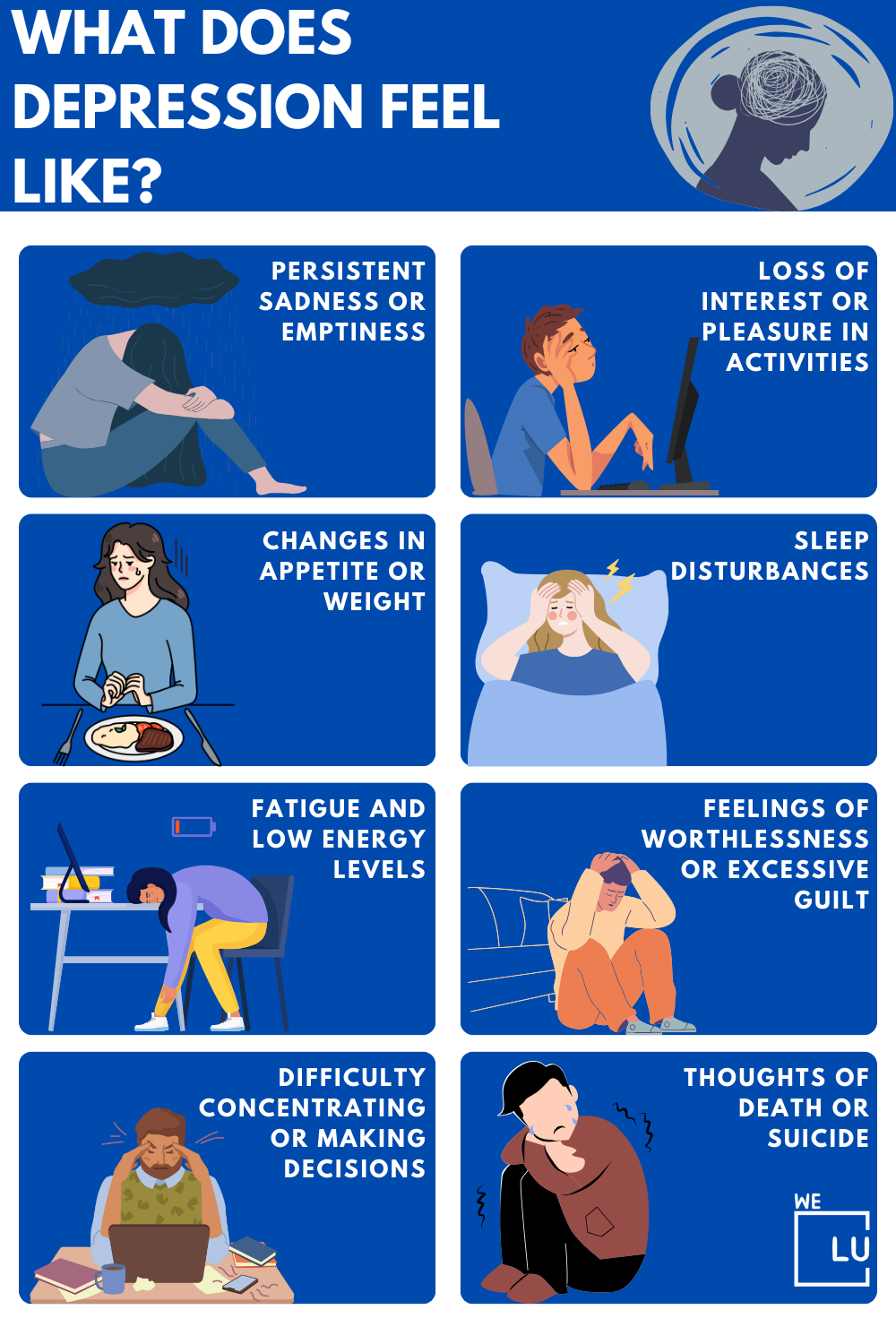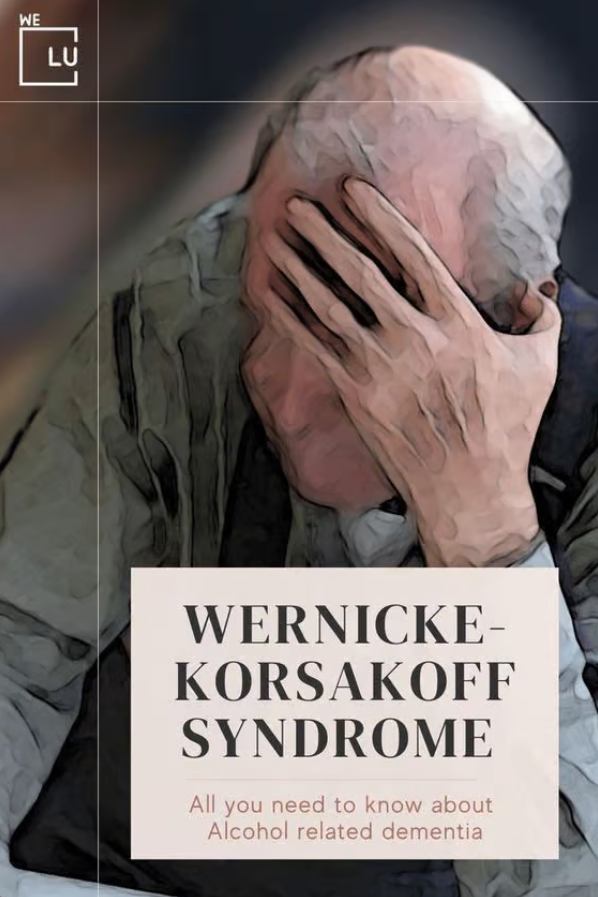What Does the ADHD Iceberg Mean?
Think of an iceberg, a massive floating ice formation. Most of it is hidden beneath the surface, with only a tiny fraction visible above water. This metaphor of an ADHD iceberg does a great job of contrasting the exterior symptoms that others may see with the internal experiences of people with ADHD. The iceberg metaphor is a valuable tool for understanding the complex effects that ADHD can have on a person’s life.
It stresses that the visible signs of ADHD are only the beginning and that they don’t tell the whole story of what it’s like to have ADHD. This comparison is a powerful way to remember that ADHD is more than being easily distracted and hyperactive sometimes. It includes the internal struggles that go unrecognized by others and the external works of navigating a society that is not innately accepting of neurodiversity. Many people with ADHD struggle with feelings of isolation and misunderstanding, and this information is vital in fighting those sentiments.
How to Communicate with Someone who has ADHD?
When trying to improve conversation with someone with ADHD, know that everyone has their unique way of talking and writing.
Neurodiverse people, like those with ADHD or autism, may use different ways to communicate. People can improve their ability to focus or feel at ease during talks by avoiding eye contact or fidgeting. Remember that these actions do not always mean that someone is not interested.
Deviating from typical ways of communicating doesn’t automatically mean that you’ll communicate less effectively. Despite this, it often calls for more careful and thoughtful communication.
The Visible Symptoms of ADHD
ADHD diagnosis relies on identifying a range of externally observable traits or perhaps the “tip of the iceberg,” typically categorized into inattention and hyperactivity. These traits are often noticeable to others.
Inattention
Here are several characteristics of inattention often exhibited by individuals with ADHD:
- Difficulty maintaining focus.
- A propensity for distraction and leaving tasks incomplete.
- Avoidance of activities demanding prolonged attention.
- Limited attention to detail.
- Challenges in following conversations and instructions.
- Weak time management and organizational skills.
- Forgetfulness.
- Tendency to misplace items.
Hyperactivity
Likewise, hyperactivity manifests with the following observable traits in individuals with ADHD:
- Restlessness, including squirming or fidgeting while seated.
- Frequent mobility or standing when expected to remain seated.
- Perpetual restlessness.
- A constant urge to be in motion.
- Vocal and active participation in activities.
- Excessive talking.
- Frequently completing others’ sentences.
- Responding to questions before they’re fully articulated.
- Difficulty waiting patiently for one’s turn.
- Tendency to interrupt or intrude on others’ conversations and activities.
Invisible ADHD Symptoms
Hyperactivity and impulsivity are common in kids with ADHD and are often linked to both. However, these traits may show up in people in different ways.
As people get older, the signs of hyperactivity and recklessness may become more hidden from others. For example, fidgeting may turn into inner unrest and an inability to relax.
The iceberg from ADHD is an excellent way to show the signs and problems that people who don’t have ADHD might not notice or understand right away. These hidden parts are like the lower part of the ADHD iceberg that is underwater.
Here are some of the internal signs of ADHD that you can’t see:
- Emotional Dysregulation: Difficulty managing and expressing intense emotions.
- Mood Swings: Prone to drastic mood fluctuations.
- Decision Paralysis: Struggle with complex decision-making.
- Executive Dysfunction: Challenges in planning, organizing, and foreseeing consequences.
- Motivation Problems: Lower dopamine levels reduce motivation, affecting task initiation and completion.
- Frustration: Frequent restlessness, boredom, and low frustration tolerance.
- Hypersensitivity: Intense emotions, heightened sensitivity to criticism, and susceptibility to sensory overload.
- Time Blindness: Distorted perception of time.
- Inflexibility: Occasional rigidity due to fixation on one idea.
- Discouragement: Struggles with work, academics, and relationships, often resulting in feelings of shame or embarrassment.
- Low Self-Esteem: Continuous sense of failure and low self-esteem.
- Disciplinary Issues: These may appear as disciplinary problems but are often related to difficulty adhering to schedules or expectations.
- Complications: Increased susceptibility to comorbid conditions like bipolar disorder, depression, anxiety, and learning disabilities.
Do I Have ADHD?
If you’re still unsure whether you have ADHD or not, taking our test can provide valuable insights. This screening test is designed to help you better understand your symptoms and experiences. It can serve as a starting point for self-discovery and guide you toward making informed decisions about your mental health. While the test cannot replace a formal diagnosis from a healthcare professional, it can be a valuable tool in recognizing potential ADHD symptoms. So, why wait? Take the test and embark on a journey of self-awareness and well-being.

Skip To:
Learn More:
- ADHD vs Autism. What are the Differences?ADHD and Autism Symptoms.
- Understanding ADHD Hyperfocus. How Does It Affect Adults? Definition and Symptoms
- How to Find ADHD Doctors Near Me? Effective ADHD Therapy Options.
- ADHD and Bipolar Disorder Guide. ADHD Vs Bipolar. Bipolar and ADHD Symptoms. Bipolar Vs ADHD Diagnosis. ADHD Bipolar Treatments.
- CBD for ADHD Benefits, Considerations, and Uses of Using CBD for ADHD.
- Is ADHD a Mental Illness? Understanding the Symptoms
- Free ADHD Quiz. Do I Have ADHD Quiz? Online ADHD Quiz for Adults.
- ADHD and Anxiety, Understanding the Link and How To Cope
Get Help. Get Better. Get Your Life Back.
Searching for Accredited Dual Diagnosis Mental Health Centers Near You?
Even if therapy failed previously, or are in the middle of a difficult crisis, we stand ready to support you. Our trusted behavioral health specialists will not give up on you. When you feel ready or just want someone to speak to about counseling alternatives to change your life call us. Even if we cannot assist you, we will lead you to wherever you can get support. There is no obligation. Call our hotline today.
FREE 24/7 Dual Diagnosis Mental Health Services HotlineDo not Overlook the Invisible Symptoms of ADHD.
People who are close to you may not notice the problems that ADHD can cause within you. These hidden battles are just as real and need to be seen.
You don’t have to fight these wars inside by yourself, though. If you haven’t already, you should talk to your doctor for a correct diagnosis and learn about your treatment choices. You can also look through our tools, which are just for adults with ADHD.
Medication for ADHD may help with some symptoms, but non-drug treatments can also help your management plan work better. Some of these are cognitive behavioral treatment (CBT), counseling, and working with an ADHD coach.
Having ADHD comes with its problems, but they don’t have to stop you from reaching your goals and dreams. With the right help, tools, and techniques, you can handle both the outside and inside problems that come up because of ADHD.
If you think you might have ADHD, the first thing you should do to get help is to get a correct evaluation. You might want to take ADDA’s ADHD test for adults. It’s a screening tool that gives you a list of symptoms that can help you learn more about ADHD and decide what to do next.

End the Emotional Pain. Get Your Life Back.
Feeling Depressed, Anxious or Struggling with Mental Health Illness? Get Safe Comfortable Mental Health Dual Diagnosis High-Quality Therapy From Counselors That Care. Begin Your Recovery Now.
Hotline (855) 940-6125The Strengths of Having ADHD
People with ADHD have a lot of skills, even though they may have some hidden problems. These strengths are like secret gems in the ADHD iceberg; they are often unrecognized or supported.
ADHD is a type of neurodiversity, and many of the problems people with ADHD face come from living in a world that is mainly made for neurotypical people. There are some problems that people with ADHD face, but they also have some strengths, such as:
- Creativity: Many individuals with ADHD are exceptionally creative. They often have a unique way of thinking and problem-solving. Their ability to see connections between seemingly unrelated concepts can lead to innovative ideas and solutions.
- Hyperfocus: While it might seem contradictory, people with ADHD can experience a state of hyperfocus, where they become fully engrossed in a task of great interest. During these periods, they can demonstrate intense concentration and productivity.
- Energetic and Enthusiastic: People with ADHD often have boundless energy and enthusiasm, which can be contagious. Their passion for things they care about can be a powerful motivator for themselves and others.
- Out-of-the-Box Thinking: ADHD individuals tend to think outside the box. Conventional thought patterns do not confine them, and are more likely to explore unconventional, innovative, and original ideas.
- Resilience: Living with ADHD can be challenging, and it often fosters resilience. People with ADHD frequently learn to adapt, persevere, and develop coping strategies to overcome obstacles.
- Keen Intuition: Some individuals with ADHD have a heightened sense of intuition and can quickly pick up on subtle cues and emotions in others. This can make them particularly empathetic and intuitive in social situations.
- Ability to Multitask: While multitasking can be a challenge for some, many individuals with ADHD can effectively manage multiple tasks or projects simultaneously.
- Spontaneity: People with ADHD often possess a natural spontaneity. They’re open to trying new things, taking risks, and embracing change, which can lead to exciting and adventurous experiences.
- Sense of Urgency: Their sense of urgency can be an asset in time-sensitive situations, as they excel under pressure and can act swiftly when necessary.
- Resourcefulness: Many individuals with ADHD become highly resourceful problem solvers. They find creative ways to navigate challenges and obstacles.
First-class Facilities & Amenities
World-class High-Quality Mental Health Services & Behavioral Health Substance Abuse Treatment
Rehab Centers TourRenowned Mental Health Centers. Serene Private Facilities. Inpatient Rehab Programs Vary.
Mental Health Helpline (855) 940-6125Proven recovery success experience, backed by a Team w/ History of:
15+
Years of Unified Experience
100s
5-Star Reviews Across Our Centers
10K
Recovery Successes
- Comprehensive Dual-Diagnosis Treatment
- Complimentary Family & Alumni Programs
- Coaching, Recovery & Development Events
- Comfortable Onsite Medical Detox Center
Supporting Someone With ADHD
If you know someone with ADHD, you should know that the signs you see are likely just the tip of the iceberg. They may be dealing with much more you aren’t aware of.
Empathize With Their Experience
It’s crucial to make an effort to understand the person’s internal experiences so you can figure out how to support them. However, you might be unable to ask them what’s happening inside them, as not everyone can express it. You can try showing them the ‘ADHD iceberg’ and have them tell you which of those problems they experience. Alternatively, there are also checklists you can use. You can ask the person to tell you which symptoms they experience and how often or how severe they are.

Consider ADHD Holistically
ADHD treatment often focuses on managing aspects of the condition that inconvenience parents, teachers, or employers. Seeking assistance from a qualified professional, especially one with expertise in ADHD, can provide a better understanding of the internal experiences unique to ADHD.
Practice Kindness and Patience
You may never fully understand what someone with ADHD goes through, but it’s essential to be kind and patient with them. ADHD is not a problem with discipline; people with ADHD may have trouble meeting standards. Instead of getting angry or irritated, try understanding that they may be more upset about their problems.
Stay calm, patient, and helpful as much as possible. Instead of seeing their symptoms as mistakes, consider the differences and signs of their condition. Pay attention to their skills and help them build on them.
Recognize the Depth of the Iceberg
The representation of the ADHD iceberg shows that people with ADHD have more problems than appear at first glance. To help them deal with their feelings, remember this and give them support and care tailored to their needs.
World-class, Accredited, 5-Star Reviewed, Effective Mental Health Dual Diagnosis Programs. Complete Integrated Inpatient Rehab with Free Post Discharge Therapy Planning.
CALL (855) 940-6125End the Emotional Pain Rollercoaster. Gain Stability & Happiness Through Recovery Treatment. Start Mental Health Counseling Today. Get Free No-obligation Guidance by Behaviroal Health Specialists Who Understand Mental Health Recovery.
ADHD Treatment and Therapies
Medication
Psychotherapy and Psychosocial Interventions
Several specific psychosocial interventions have been shown to help individuals with ADHD and their families manage symptoms and improve everyday functioning.
- Behavioral therapy is a type of psychotherapy that aims to help people change their behavior. It might involve practical assistance, such as help organizing tasks, completing work, or working through emotionally difficult events. Behavioral therapy also teaches a person how to:
- Monitor their behavior.
- Give oneself praise or rewards for acting in a desired way, such as controlling anger or thinking before acting.
Parents, teachers or bosses, and family members can also give feedback on specific behaviors and help establish clear rules, chore lists, and structured routines to help people control their behavior. Therapists may also teach individuals with ADHD social skills, such as how to wait their turn, share things, ask for help, or respond to challenges. Learning to read facial expressions and the tone of voice in others and how to respond appropriately can also be part of social skills training.
- Cognitive behavioral therapy helps one learn to be aware and accepting of one’s thoughts and feelings to improve focus and concentration. The therapist also encourages the person with ADHD to adjust to the life changes that come with treatment, such as thinking before acting or resisting the urge to take unnecessary risks.
- Family and marital therapy can help family members and spouses find productive ways to handle disruptive behaviors, encourage behavior changes, and improve interactions with the person with ADHD.
- Stress management techniques can benefit you and your loved ones with ADHD by increasing their ability to deal with frustration so they can respond calmly to their loved one’s behavior.
- Support groups can help parents and families connect with others with similar problems and concerns. Groups often meet regularly to share frustrations and successes, exchange information about recommended specialists and strategies, and talk with experts.
Individuals diagnosed with ADHD might struggle with behavioral issues or their performance in school or work. Even more concerning, the risk-taking tendencies associated with ADHD can lead some to use drugs or alcohol, leading to dependency and substance abuse.
We Level Up FL offers an ADHD treatment program at our mental health treatment center in Florida. Here, clients participate in clinical and experiential therapies as part of our comprehensive curriculum. If your loved one is struggling with their ADHD diagnosis, we can help them understand their disorder and teach them the skills they need to reach their full potential.

Experience Transformative Recovery at the We Level Up Treatment Center.
See our authentic success stories. Get inspired. Get the help you deserve.



Start a New Life
Begin with a free call to a behavioral health treatment advisor. Learn more about our dual-diagnosis programs. The We Level Up treatment center network delivers recovery programs that vary by each treatment facility. Call to learn more.
- Personalized Care
- Caring Accountable Staff
- Comfortable Amenities
- Licensed & Accredited
- Renowned w/ 5-Star Reviews
We’ll Call You
Popular ADHD Iceberg Frequently Asked Questions
-
Who created the ADHD iceberg?
The ADHD iceberg is a model popularized by Dr. Russell Barkley to help people understand that the parts of a person’s diagnosis above water are just the tip of the iceberg.
-
Who first came up with the concept of ADHD?
In 1902, the core symptoms of ADHD were first described by Sir George Frederick Still, a British pediatrician, in a lecture series at the Royal College of Physicians. He observed that twenty “behaviorally disturbed” children were quickly distractible, inattentive, and unable to focus for long.
-
Is ADHD a mental illness or a neurological disorder?
Attention deficit hyperactivity disorder (ADHD) is a neurobehavioral disorder. It interferes with a person’s ability to stay on a task and to exercise age-appropriate inhibition (cognitive alone or both cognitive and behavioral).
-
What does severe ADHD look like in adults?
Adults with ADHD may find it challenging to focus and prioritize, leading to missed deadlines and forgotten meetings or social plans. The inability to control impulses can range from impatience in waiting in line or driving in traffic to mood swings and outbursts of anger.
-
What happens to untreated ADHD in adults?
The negative consequences of untreated ADHD go beyond the inability to focus — some of the consequences can shape your life. For example, you may be unable to maintain healthy relationships and succumb to anxiety and depression, all because of an untreated behavioral condition.
8 Steps in Maintaining Your Mental Wellbeing
Search We Level Up FL What is ADHD Iceberg? Invisible vs Visible Symptoms of ADHD Resources
Sources:
[1] Substance Abuse and Mental Health Services Administration. DSM-5 Changes: Implications for Child Serious Emotional Disturbance [Internet]. Rockville (MD): Substance Abuse and Mental Health Services Administration (US); 2016 Jun. Table 7, DSM-IV to DSM-5 Attention-Deficit/Hyperactivity Disorder Comparison. Available from: https://www.ncbi.nlm.nih.gov/books/NBK519712/table/ch3.t3/ The ADHD Iceberg, ADD ADHD Iceberg Related articles
[2] Beheshti, A., Chavanon, M. L., & Christiansen, H. (2020). Emotion dysregulation in adults with attention deficit hyperactivity disorder: a meta-analysis. BMC psychiatry, 20(1), 120. https://doi.org/10.1186/s12888-020-2442-7 The ADHD Iceberg, ADD ADHD Iceberg Related articles
[3] Cook, J., Knight, E., Hume, I., & Qureshi, A. (2014). The self-esteem of adults diagnosed with attention-deficit/hyperactivity disorder (ADHD): a systematic review of the literature. Attention deficit and hyperactivity disorders, 6(4), 249–268. https://doi.org/10.1007/s12402-014-0133-2 The ADHD Iceberg, ADD ADHD Iceberg Related articles
[4] Hvolby A. (2015). Associations of sleep disturbance with ADHD: implications for treatment. Attention deficit and hyperactivity disorders, 7(1), 1–18. https://doi.org/10.1007/s12402-014-0151-0 The ADHD Iceberg, ADD ADHD Iceberg Related articles
[5] Katzman, M. A., Bilkey, T. S., Chokka, P. R., Fallu, A., & Klassen, L. J. (2017). Adult ADHD and comorbid disorders: clinical implications of a dimensional approach. BMC psychiatry, 17(1), 302. https://doi.org/10.1186/s12888-017-1463-3 The ADHD Iceberg, ADD ADHD Iceberg Related articles
[6] Volkow, N. D., Wang, G. J., Kollins, S. H., Wigal, T. L., Newcorn, J. H., Telang, F., Fowler, J. S., Zhu, W., Logan, J., Ma, Y., Pradhan, K., Wong, C., & Swanson, J. M. (2009). Evaluating dopamine reward pathway in ADHD: clinical implications. JAMA, 302(10), 1084–1091. https://doi.org/10.1001/jama.2009.1308 The ADHD Iceberg, ADD ADHD Iceberg Related articles
Fayyad J, et al. (2016). The descriptive epidemiology of DSM-IV Adult ADHD in the World Health Organization World Mental Health Surveys.
https://link.springer.com/article/10.1007/s12402-016-0208-3 The ADHD Iceberg, ADD ADHD Iceberg Related articles
What is ADHD? (2021).
https://www.cdc.gov/adhd/about/?CDC_AAref_Val=https://www.cdc.gov/adhd/about/?CDC_AAref_Val=https://www.cdc.gov/ncbddd/adhd/facts.html The ADHD Iceberg, ADD ADHD Iceberg, Iceberg ADHD Related articles
